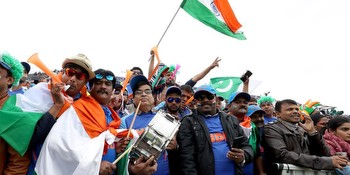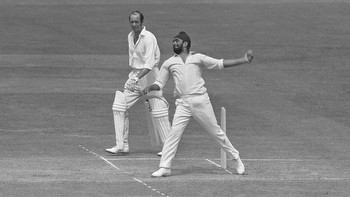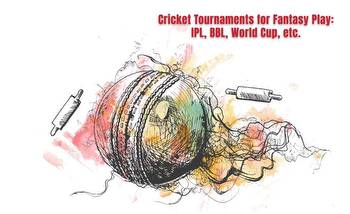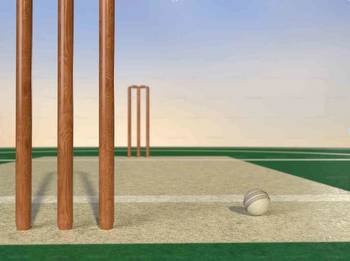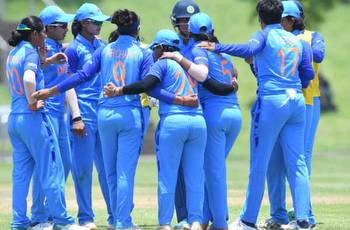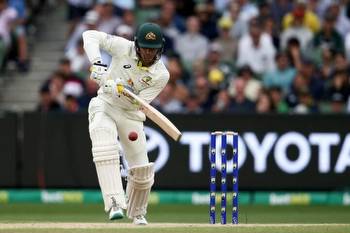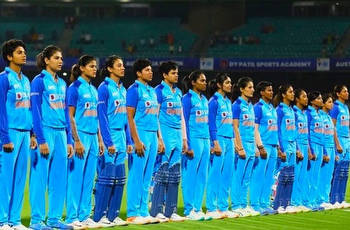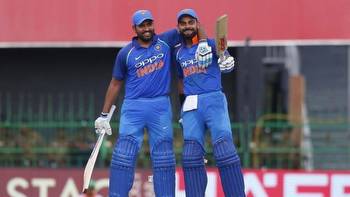Exploring the Evolution of Indian Cricket: From Local Passion to Global Powerhouse
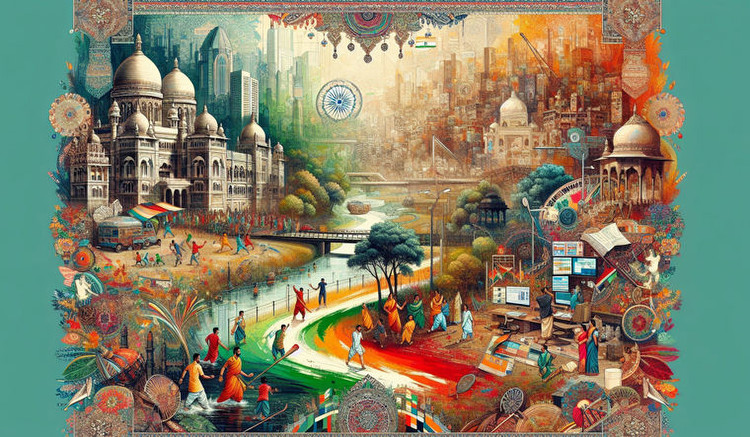
Cricket in India transcends mere sport; it embodies a cultural phenomenon deeply ingrained in the nation's identity. From its inception as a leisure activity during British colonial rule to its current status as a global powerhouse generating significant economic revenue from Indian cricket betting , its evolution reflects societal changes, economic shifts and unwavering passion.
Colonial Roots and Early Development
Cricket found its way to the Indian subcontinent during the British Raj as a recreational pursuit primarily enjoyed by the elite class. Introduced by the British, the game quickly gained popularity among locals, marking the beginning of a journey that would resonate across generations. The first recorded cricket match in India dates back to 1721, laying the groundwork for a sport that would eventually capture the nation's imagination and become an integral part of its cultural fabric.
Cultural Assimilation and Grassroots Growth
As India moved towards independence, cricket began permeating diverse segments of society, transcending barriers of class and caste. It became a unifying force, nurturing camaraderie and shared identity among communities across the country. The establishment of the Board of Control for Cricket in India (BCCI) in 1928 marked a significant milestone, providing structure and governance to the sport. Additionally, domestic tournaments like the Ranji Trophy played a crucial role in nurturing local talent and cultivating a competitive cricketing culture.
The Dawn of International Success
India's entry into international cricket occurred in 1932 with its inaugural Test match against England at Lord's. Despite initial challenges, the Indian team gradually found its footing on the global stage, with the watershed moment coming in 1983 when India clinched the Cricket World Cup under the leadership of Kapil Dev. This historic victory brought home the prestigious trophy and ignited a cricketing revolution, elevating the sport to unprecedented levels of popularity and significance.
Commercialisation and the Rise of the Indian Premier League (IPL)
The liberalisation of the Indian economy in the 1990s ushered in an era of commercialisation in cricket. The sport witnessed a surge in corporate sponsorship, media coverage and investments. However, the most significant transformation came in 2008 with the inception of the Indian Premier League (IPL), which revolutionised cricket by introducing a franchise-based T20 league, blending sports with entertainment and glamour. It provided a lucrative platform for players and transformed the dynamics of the game, attracting top talent from around the world.
Indian Cricket Betting and Technological Advancements
Against the backdrop of commercialisation, Indian cricket also faced challenges, including betting issues. Nevertheless, technological advancements have revolutionised the game, empowering players with tools for analysis and improvement. From the Decision Review System to advanced training methods, technology enhances Indian cricket's competitiveness on the global stage, shaping its evolution in the modern era. Embracing these innovations has elevated performance standards and fortified the integrity of the sport, confirming a fair and transparent playing field.
Global Dominance and Legacy Building
In recent years, India has emerged as a dominant force in international cricket across all formats. The team's consistent performances—both at home and abroad—have solidified its position as a cricketing powerhouse. With a deep pool of talent, astute leadership and robust infrastructure, India continues to set new benchmarks and raise the bar for excellence in the sport, leaving an indelible mark on the global cricketing landscape. The legacy being built by Indian cricketers serves as an inspiration for future generations, building a culture of excellence and ambition.
Challenges and Future Prospects
Despite its remarkable achievements, Indian cricket faces several challenges, including issues related to corruption, match-fixing scandals and a need for enhanced grassroots infrastructure. However, initiatives like the National Cricket Academy (NCA) and increased focus on talent development signal a commitment to addressing these challenges and nurturing the next generation of cricketers, paving the way for a promising future grounded in integrity and sustainability. By overcoming these obstacles, Indian cricket can continue its upward trajectory, ensuring a bright and prosperous future for the sport in the country.
Concluding Remarks
Looking ahead, the future of Indian cricket appears promising; with a massive fan base, a thriving economy and an unwavering passion for the sport, India is well-positioned to maintain its status as a global cricketing powerhouse. As the game continues to evolve, one thing remains certain – cricket will always hold a special place in the hearts of millions of Indians, transcending boundaries and uniting a nation like no other sport can.

